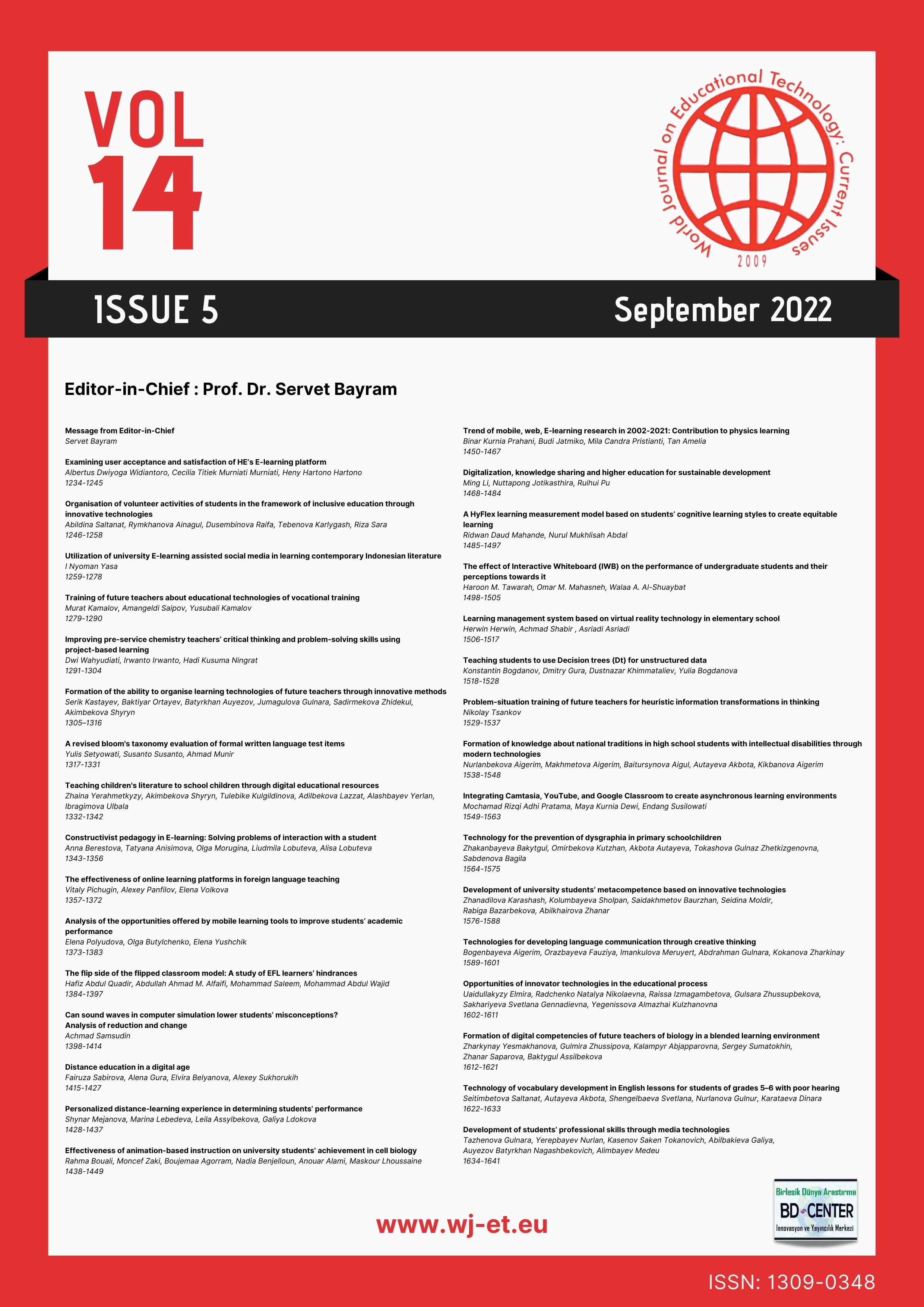A revised bloom's taxonomy evaluation of formal written language test items
Main Article Content
Abstract
This paper aims to portray the appropriateness of test items in language tests according to Bloom's Taxonomy. Thirty written language tests created by EFL lecturers were analyzed. Document analysis was applied, the data were categorized and examined. In the test for remembering, ‘crucial questions was applied, finding specific examples or data, general concepts or ideas, and abstracting themes in comprehension test. Completing particular projects or solve issues in the applying test, whereas SWOT analysis conducted in analyzing test, and strategic plan should be demonstrated in evaluation test, and last, in creating test, new things or idea should be created, generalizing and make conclusion. The findings demonstrated test item using remembering mental level stood at 66%, understanding 16%, applying 2%. While analyzing level gets 9%, evaluating 2%, and creating group 5%. This addresses disparity between LOTs and HOTs usage. Hence, Bloom taxonomy was not distributed well in the language tests.
Keywords: test items, formal written language tests, Revised Bloom taxonomy
Downloads
Article Details

This work is licensed under a Creative Commons Attribution 4.0 International License.
World Journal on Educational Technology: Current Issues is an Open Access Journal. The copyright holder is the author/s. Licensee Birlesik Dunya Yenilik Arastirma ve Yayincilik Merkezi, North Nicosia, Cyprus. All articles can be downloaded free of charge. Articles published in the Journal are Open-Access articles distributed under CC-BY license [Attribution 4.0 International (CC BY 4.0)].
Birlesik Dunya Yenilik Arastirma ve Yayincilik Merkezi (BD-Center)is a gold open-access publisher. At the point of publication, all articles from our portfolio of journals are immediately and permanently accessible online free of charge. BD-Center articles are published under the CC-BY license [Attribution 4.0 International (CC BY 4.0)], which permits unrestricted use, distribution, and reproduction in any medium, provided the original authors and the source are credited.
